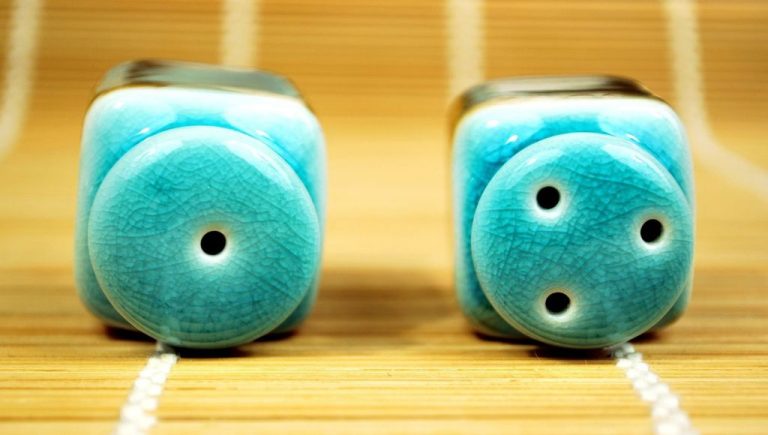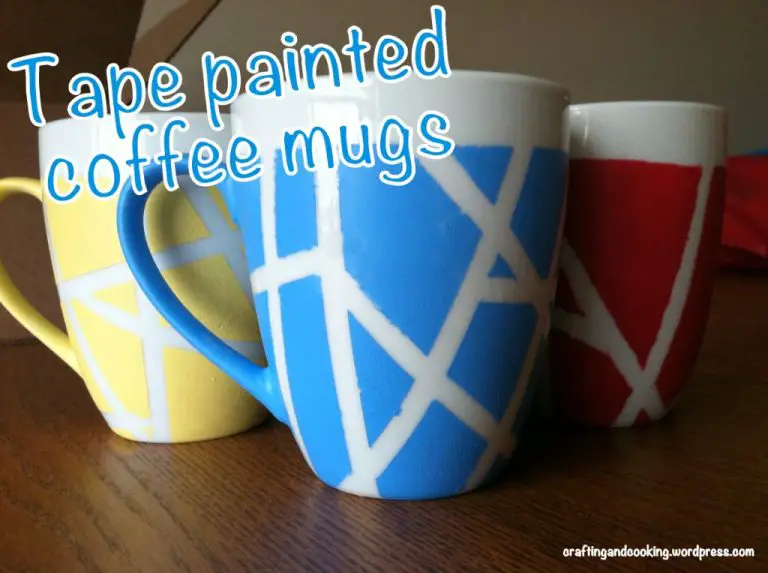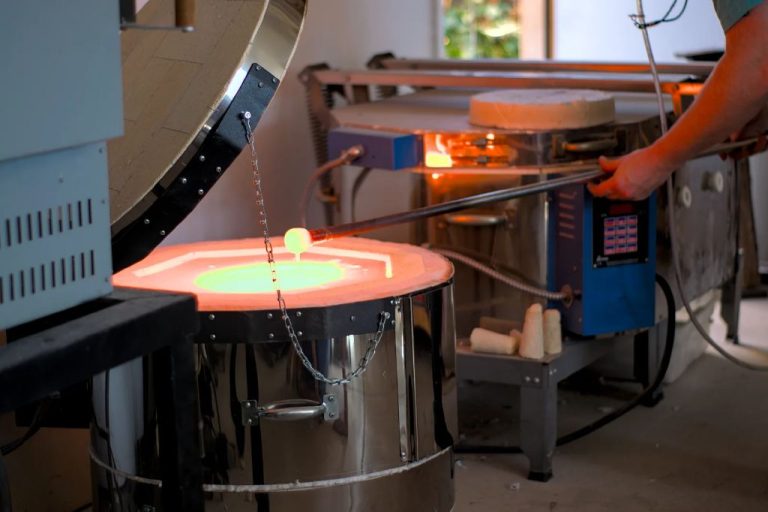Is There A Way To Make Homemade Clay?
Clay is a natural, earthy material used for pottery, sculpture, and crafts. It can be molded when wet and becomes hard when fired in a kiln or air-dried. Homemade clay offers several advantages over store-bought clay:
It’s inexpensive to make at home using simple ingredients like flour, salt, water, and lemon juice. By making your own clay, you can create large quantities for big projects on a budget.
Homemade clay is an educational, creative activity for both children and adults. Mixing the clay allows you to develop recipes with colors and scents which makes the experience more fun than just purchasing premade clay from a store.
Crafting with homemade clay allows for open-ended, imaginative play. Since it costs less than manufactured clay, kids can freely shape and mold creations without worry. These creations can either be dried or baked depending on the project needs.
Gather Your Materials
To make homemade clay, you’ll only need a few basic ingredients and supplies:
- Flour: Any kind of plain white flour will work, though whole wheat flour will result in clay with a slightly darker color and some small particles. 2 cups of flour is a good starting amount.
- Salt: About 1⁄2 teaspoon of table salt or kosher salt. The salt helps strengthen and firm up the clay.
- Water: Around 1 cup of warm water. The exact amount you need may vary slightly based on the humidity. You want a stiff but moldable dough consistency.
- Vegetable oil: Around 1 tablespoon of oil, such as canola or sunflower oil. The oil helps make the clay more pliable and less sticky.
- Food coloring and extracts (optional): To color or scent your clay, you can stir in a few drops of liquid food coloring or a small amount of aromatic extracts like vanilla, mint, or almond.
- Mixing bowl: Choose a ceramic, plastic, or metal bowl large enough to mix all ingredients together.
- Spoon: Have a spoon or spatula for stirring the clay mixture.
That covers the basic supplies. You may also want acrylic paints, glitter, beads, or other items to decorate finished clay creations.
Make the Clay
Making homemade clay at home is easy and fun. It only requires a few simple ingredients. Here is a step-by-step process to make clay at home:
Step 1. Take 2 cups of white baking flour and 1 cup of salt and mix them thoroughly in a large bowl. Break up any clumps in the dry ingredients.
Step 2. Add 2 cups of water gradually to the flour and salt mixture while mixing until it forms into a cohesive dough.
Step 3. Knead the dough with your hands until the consistency is uniform. Knead for 5-10 minutes until the clay is smooth, pliable, and free of any cracks.
Step 4. If the clay is too sticky, add a bit more flour. If it’s too dry, add more water, a little at a time, until you achieve the desired consistency. The perfect homemade clay should feel supple but should not be tacky.
Troubleshooting Tips:
- If there are cracks in the clay, knead it longer to work the ingredients together.
- Store in an airtight container or plastic wrap if the clay starts to dry while working with it.
- Add small amounts of water/flour gradually to get the right consistency – don’t add too much at once.
Add Color and Scent
For creating colored clay, start with a natural white or light colored clay base. From there, add a few drops of liquid food coloring and knead it thoroughly into the clay. Use different ratios of colors to achieve a variety of shades. Turmeric or paprika can tint the clay yellow or orange naturally. Pureed berries or fruit juice also impart mild color.
Essential oils or extracts like vanilla, mint, or citrus can add pleasing scents to clay. First test a tiny dab on your skin to make sure you don’t have a reaction. Start with half a teaspoon essential oil per cup of clay, mix in thoroughly, let sit for a day, and test again for scent strength. More can be added cautiously if the scent is too light. As with dyes, knead well to fully incorporate any additives into the clay.
Store the Clay
Properly storing your homemade clay is important to keep it moist and usable for future projects. Here are some tips:
Refrigeration
Wrapping the unused clay in plastic wrap or a ziploc bag and refrigerating is an effective storage method. The cold temperature will prevent the clay from drying out. Just remember to allow it to come to room temperature before using again, as cold clay can be stiff and difficult to knead.
Airtight Containers
Alternatively, you can store the clay in any airtight plastic container or container with a tight fitting lid. Clear plastic bins work well so you can easily see how much clay you have remaining. Just be sure no air can sneak in and dry out your clay.
No matter which storage method you choose, your homemade clay should stay soft and pliable for at least 3-4 months when stored properly.
Projects
You have many options for projects to make with your homemade clay. Although tempting to jump straight into sculpting advanced pieces, it’s wise to start with some simple beginner clay projects to get familiar with working with the clay. Here are three easy project ideas:
Sculpting Shapes
Begin by simply playing with the clay and molding it into basic shapes like spheres, cones, cubes, etc. Notice how the clay moves between your fingers and what actions make it easier or harder to form the shapes you want. This allows you to become familiar with the clay’s properties and improves your sculpting abilities.
Mini Animals Figures
Animal figurines are a classic clay sculpting project for beginners. Try making creatures like a tiny bear, dog, turtle, or owl. Use simple shapes to form the body, then add smaller details like eyes, mouths, tails, and ears.
Homemade Clay Jewelry
Make your own unique jewelry like beads and pendants by rolling pieces of clay into desired shapes. Allow to dry fully, then string them together into necklaces or earrings. You can also imprint textures and patterns into the clay with homemade tools before drying.
Advanced Techniques
There are some more advanced techniques and recipes to try once you get the hang of basic homemade clay recipes.
Making Polymer Clay from Homemade Dough
If you want to try making polymer clay that hardens in an oven rather than air-drying, you can bake homemade salt dough. Reduce the amount of salt so that your dough consists of:
- 1 cup flour
- 1/3 cup salt
- 1 cup water
- 1-2 tbsp vegetable oil
- Optional acrylic paint for color
Knead the dough until smooth and elastic, then shape into your desired projects. Bake at 275 degrees F (135 degrees C) for 30-60 minutes until hardened. Remove carefully and allow to finish cooling before decorating or painting.
Stronger Air Dry Clay Recipes
For a stronger finished piece that will hold up better over time, you can experiment by:
- Adding white glue to the clay mixture
- Baking the clay instead of allowing it to air dry
- Varnishing the finished dried clay with decoupage glue, polyurethane, or acrylic sealant
Troubleshooting
If you run into issues with your homemade clay, there are ways to fix many common problems. Here are solutions to the most frequent tricky conditions:
Clay is Cracking
If your clay is forming cracks as it dries, start by storing it in an airtight container to prevent further drying out. To fix the already-dried clay, knead in a small amount of vegetable oil or water to evenly moisturize the clay and fill in the cracks.
Clay is Too Sticky
If your clay becomes too sticky, it likely has more water in it than necessary. Slowly knead in a small amount of flour until the stickiness is reduced and the clay reaches the proper consistency.
Clay is Too Dry
If your clay is too dry, you can make it more malleable by slowly kneading in a small amount of water or vegetable oil. Make sure you add only a little at a time so you don’t make the clay too sticky.
Properly Storing Clay
To avoid your clay from drying out or getting too stiff between uses, store any unused clay in an airtight container or plastic bag. Make sure all air bubbles are pressed out before sealing. Store in a cool, dry place away from direct sunlight.
Safety
When making homemade clay, it’s important to keep safety in mind, especially regarding food allergies and proper storage.
Food Allergies
If adding food items like spices, extracts, or juices to scent or color the clay, be aware this can introduce allergens. Clearly label any clay containing food ingredients. Supervise children and know if they or others handling the clay have any food allergies.
Proper Handling and Storage
Store homemade clay in an airtight container in a cool, dry location out of direct sunlight. Clay may grow mold if left damp and uncontained. Properly wrap or seal projects when not being worked on. Clean work surfaces thoroughly after working with clay. Avoid getting clay into eyes or mouth while shaping. Wash hands after handling.
Conclusion
Making homemade modeling clay provides an exciting, creative way to craft and sculpt using ingredients you probably already have on hand. From gathering simple household staples like flour, salt, cream of tartar, oil, and water or lemon juice to letting the dough set and store properly, the process allows for an array of bright colors, scents, textures or flexibility depending on additions and technique.
Kids and adults alike can find hours of engagement sculpting their homemade modeling clay into endless imagination-fueled projects. Anything from decorative bowls, cups or vases to jewelry, holiday ornaments, games pieces, and figurines serves as the perfect canvas. By incorporating other mixed media materials like beads, sticks, pipe cleaners and more, the clay medium options expand even further to fuel and inspire young creative minds or help seasoned artists experiment.




